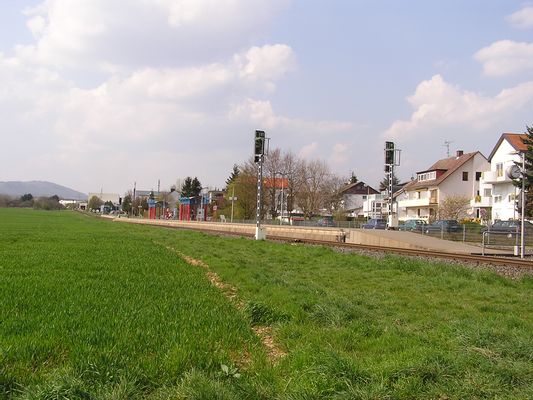Historic Rhine River city, birthplace of Johannes Gutenberg. Home to a Romanesque cathedral, annual wine festival, and the Bundesbank headquarters.
Mainz, the capital of Rhineland-Palatinate, sits where the Rhine and Main rivers meet. This city of 220,000 people has a rich history dating back to Roman times. You can learn about Johannes Gutenberg's printing press at the museum named after him, admire the Romanesque architecture of St. Martin's Cathedral, or taste local wines in cozy taverns. Throughout the year, Mainz comes alive with festivals, including the lively Carnival celebrations.
Gutenberg's Legacy
Johannes Gutenberg, who invented the movable type printing press, was born in Mainz in the early 15th century. His invention changed how knowledge spread across Europe and beyond. At the Gutenberg Museum, you can see two of the remaining Gutenberg Bibles and learn about printing history. The museum is in a Renaissance building across from the cathedral, making it easy to include in your city tour.
St. Martin's Cathedral
St. Martin's Cathedral, known locally as Mainzer Dom, is a prominent landmark in Mainz. Construction began in 975 AD, and over time, the cathedral incorporated various architectural styles, including Romanesque, Gothic, and Baroque elements. Climb the tower for views of Mainz and the surrounding Rhine valley. Inside, you'll find a museum displaying religious artifacts and artworks.
Wine Culture
Mainz is in the center of the Rheinhessen wine region, Germany's largest wine-producing area. You can taste local wines at many wine taverns (Weinstuben) throughout the city. To learn more about local wine-making, take a short trip to the surrounding vineyards. In August and September, the annual Mainzer Weinmarkt (wine market) lets you sample various regional wines and meet local producers.
Along the Rhine
Take a walk along the Rhine promenade and watch ships pass by. On warm days, you'll see people relaxing on the sunbathing lawns or enjoying picnics. For a different perspective, take a river cruise to see Mainz from the water and explore the Rhine valley. In summer, the beach bar on Adenauer-Ufer is popular, with deckchairs, hammocks, and beach volleyball courts.
Festivals and Events
Mainz has a busy festival calendar. The Mainzer Fastnacht (carnival) ends with a grand parade on Shrove Monday, where hundreds of thousands of people watch colorful floats and costumed participants. In June, Johannisnacht is a four-day festival with music, performances, and a book and art market. The event concludes with fireworks over the Rhine.
Local Cuisine
Try Spundekäs, a cheese spread made with quark, cream cheese, and onions, usually served with pretzels. Many restaurants pair local dishes with wines from nearby regions. Visit the market on Tuesdays, Fridays, and Saturdays at the Markt square near the cathedral to find fresh produce and local specialties like Weck, Worscht un Woi (bread rolls, sausage, and wine).
Getting Around
Mainz has good public transportation. The central train station (Mainz Hauptbahnhof) connects frequently to Frankfurt and other German cities. Within Mainz, you can use the extensive bus and tram network to reach major attractions. The compact city center is ideal for walking, allowing you to enjoy the atmosphere of the old town's narrow streets and half-timbered houses.
Roman History
Mainz was founded in the 1st century BC as Castrum Mogontiacum by Roman general Nero Claudius Drusus. It became the capital of the Roman province of Germania Superior. You can learn about this period at the Romano-Germanic Central Museum, which has many Roman artifacts. Near the Rhine, you can see preserved Roman warships from the 4th century, discovered during construction work. These ships are now in a dedicated museum and show ancient naval technology.


















